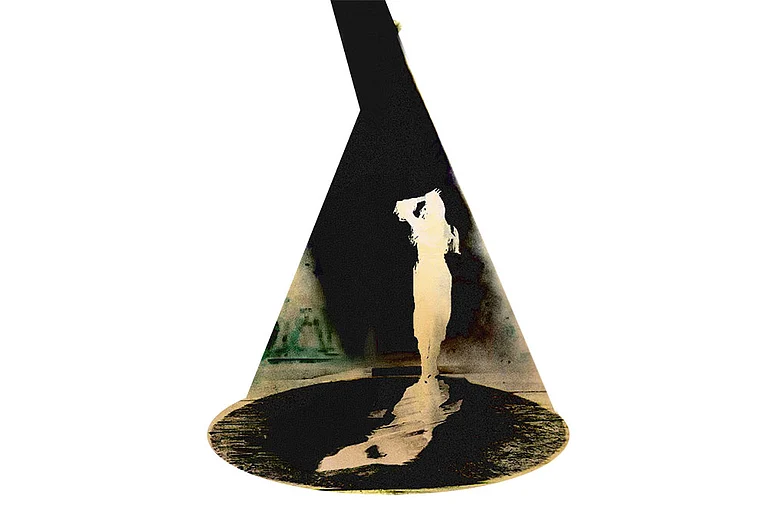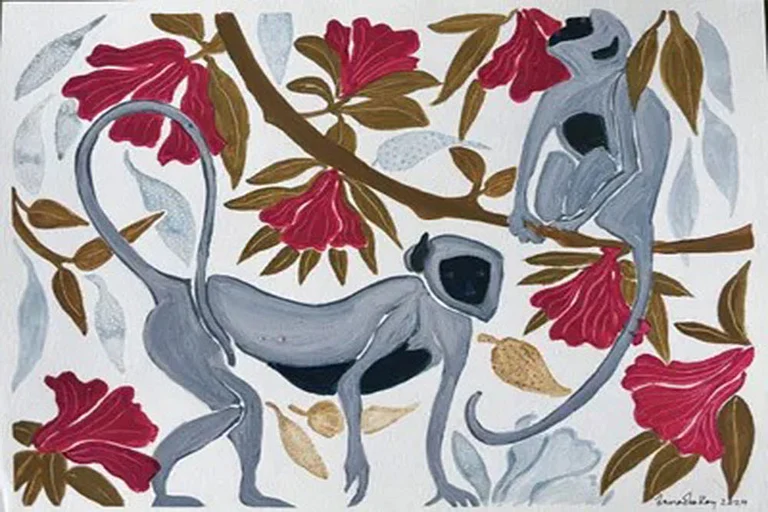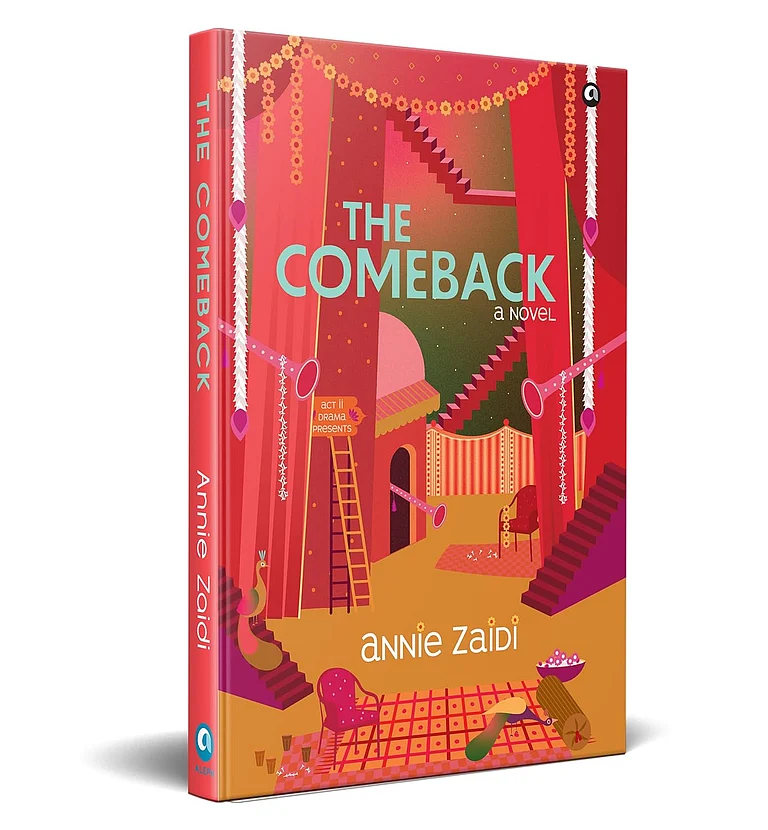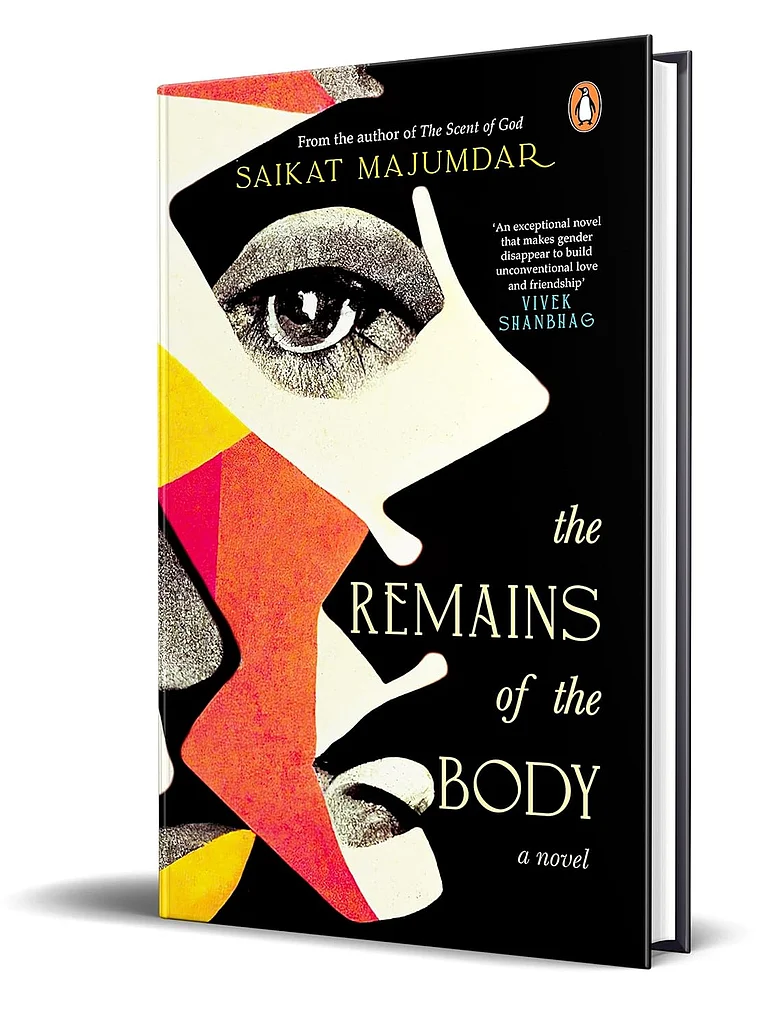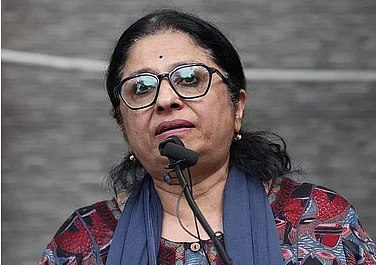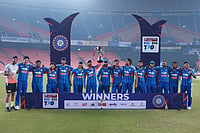Book - The Solitude Of A Shadow
Author - Devibharathi
Publisher - Harper Perennial
Can the underprivileged ever achieve revenge on their oppressors or is it doomed to be a distant dream? And if you somehow manage to claw your way up the societal ladder to make revenge a true possibility, where does the slippery slope from revenge to oppression begin? At what point does the avenger become the oppressor?
These are the questions animating Tamil writer Devibharathi’s first novel, Nizhalin Thanimai (2012), ably translated into English by N Kalyan Raman as The Solitude of a Shadow. Its nameless protagonist meets Karunakaran, the man who had once molested his sister Sharada, after almost three decades and immediately embarks on an obsessive if seemingly impossible quest for revenge. But almost immediately, the unsuspecting target takes on the role of a benevolent father-figure, drawing the young man deeper and deeper into his inner circle, while the latter remains paralysed in the grip of vengeance. When Karunakaran’s innocent and privileged daughter Sulochana begins to take an interest in the protagonist, we get our first taste of disquiet — the first of many to come. Devibharathi’s terse yet evocative prose takes us on an intense journey through the moral and psychological conflicts of the narrator as he traps himself and his enemy in a complex web of trust and betrayal even as he keeps delaying his revenge in a Hamletian arc of procrastination. Shakespearean in its theme and treatment of character, yet reminiscent of Greek tragedy in pitting fate versus human will, the novel keeps us hooked from the first line to the last as if we are watching an exquisitely picturised train wreck — horrified and holding our breath at the sheer spectacular elegance of the disaster we are hurtling towards along with the protagonist.
Nothing is wasted or gratuitous in this dark parable — not one quirk of language, not one strand of plot, not a single excursion into the protagonist’s shaky mindscape. As a child, the protagonist compares his traumatised elder sister’s bared breasts to “upturned chrysanthemums” — a shocking image that draws our attention so that we notice it again in his adult description of his lover, making us complicit in the vicious cycle of male sexual domination that he ends up perpetuating even as he attempts to fight back against it. A bloodstained knife is snatched up and then abandoned, but it returns in vicious triumph as the instrument of his enemy’s downfall, robbing the protagonist of his revenge at the very moment of gifting it to him on a platter. What seems like mere atmospheric passages detailing the blurring lines between memory and reality slowly reveal their dual purpose. On the one hand, they accentuate the narrator’s moral dilemmas — as when a stranger who initially reminds him of a youthful Karunakaran turns around in all innocence and asks the narrator, “Are you Karunakaran?” Are you the oppressed or the oppressor, he hears, are you predator or prey? On the other hand, these increasingly murky explorations of memory foreshadow Sharada’s final words that highlight the futility of revenge at what seems like its pinnacle.
Other memories have their own roles to play. We have been given slow hints about the narrator’s and his enemy’s places in the social hierarchy of smalltown Tamil Nadu. While Karunakaran comes from the wealthy and privileged Gounder caste, the narrator, despite his upward mobility as a government employee, often faces humiliation from people who fix his identity as a member of the lower-caste Nasuvan (barber) community. These everyday instances of discrimination increase our sympathy for the narrator beyond our desire to see him avenge his sister. However, we are suddenly treated to the memory of how the narrator in his childhood “betrayed” a family of birds called Nasuvan kuruvis (barber drongos) to an upper-caste playmate, as well as a deeper betrayal by a friend that the narrator does not seem to resent, implicated as he too is in complicated histories of betrayal.
The three main women characters are powerful, active, radiant figures against whom the narrator flails in helplessness. Sharada is of course the dominant figure, at once the voice of his conscience and a rage-filled harpy pushing him relentlessly to accomplish a vow of revenge taken in childhood. His feelings for her alternate between guilt and resentment, but he feels forever diminished in front of her due to his inability to protect her — a responsibility that should never have fallen on the shoulders of a child. Karunakaran’s daughter Sulochana pursues him actively and relentlessly, if a little artlessly, while his very first encounter with her leaves him “powerless”, “lacking courage” and “subdued” — a dynamic that persists throughout their relationship. Despite the terrible things she goes through and which force her into maturity, Sulochana remains quietly self-possessed to the very end. The more the narrator attempts to possess her, the more true possession eludes him — as in the case of his revenge. Then there is Sugandhi, a married woman with whom the narrator tries to find an uncomplicated sexual relationship, a way to forget Sulochana and an escape from the labyrinth of revenge. However, he finds himself enmeshed once again in complex ties of jealousy and possessiveness, forever seeking fulfilment that forever eludes him. In contrast to these bright women, the male characters are frail, failed figures in the present timeline. The antagonist Karunakaran wilts slowly from a larger-than-life threat to a careless benefactor to a helpless object, while Sharada’s and Sugandhi’s husbands are embodiments of insignificance and fragility respectively. As for the narrator, he discovers that, far from being an agential protagonist, he is merely a character moving through a story that someone else has written.
A special note must be made of N Kalyan Raman’s exquisite English translation that highlights the terse prose and startling imagery of the original Tamil. The very second page of the novel gives us gems like, “Karunakaran’s name was squeezed out from my lips like toothpaste and released into the room”. A character is described as a “young man who could recite from one to hundred” while another is merely the “vendor of old clothes”. Images of death, putrid smells and pustulent bodies foreground the rotten social system, while Sulochana comes wafting the scent of royal jasmine flowers, signifying an impossible escape from the cycle of violence and injustice.
Rather than focusing on the oppressions of the past, Devibharathi’s novel takes us down the torturous road towards an impossible revenge. The traumatic past is revealed only through a series of increasingly unreliable memories, robbing us as well as the protagonist of any sense of closure. Devibharathi’s Gandhian affinities, reflected in an earlier volume of translated short stories titled Farewell, Mahatma (Harper Perennial, 2014), might suggest the immorality of “an eye for an eye” as the driving force behind this novel. But there is enough in the novel to speculate that the complex experience of caste in the modern world is precisely what makes the pursuit of revenge a paralysing, never-ending, anticlimactic journey for the protagonist.
(Aparna Nandakumar is Assistant Professor, Dept of English, Providence Women's College, Calicut, Kerala)






.jpg?w=801&auto=format%2Ccompress&fit=max&format=webp&dpr=1.0)
